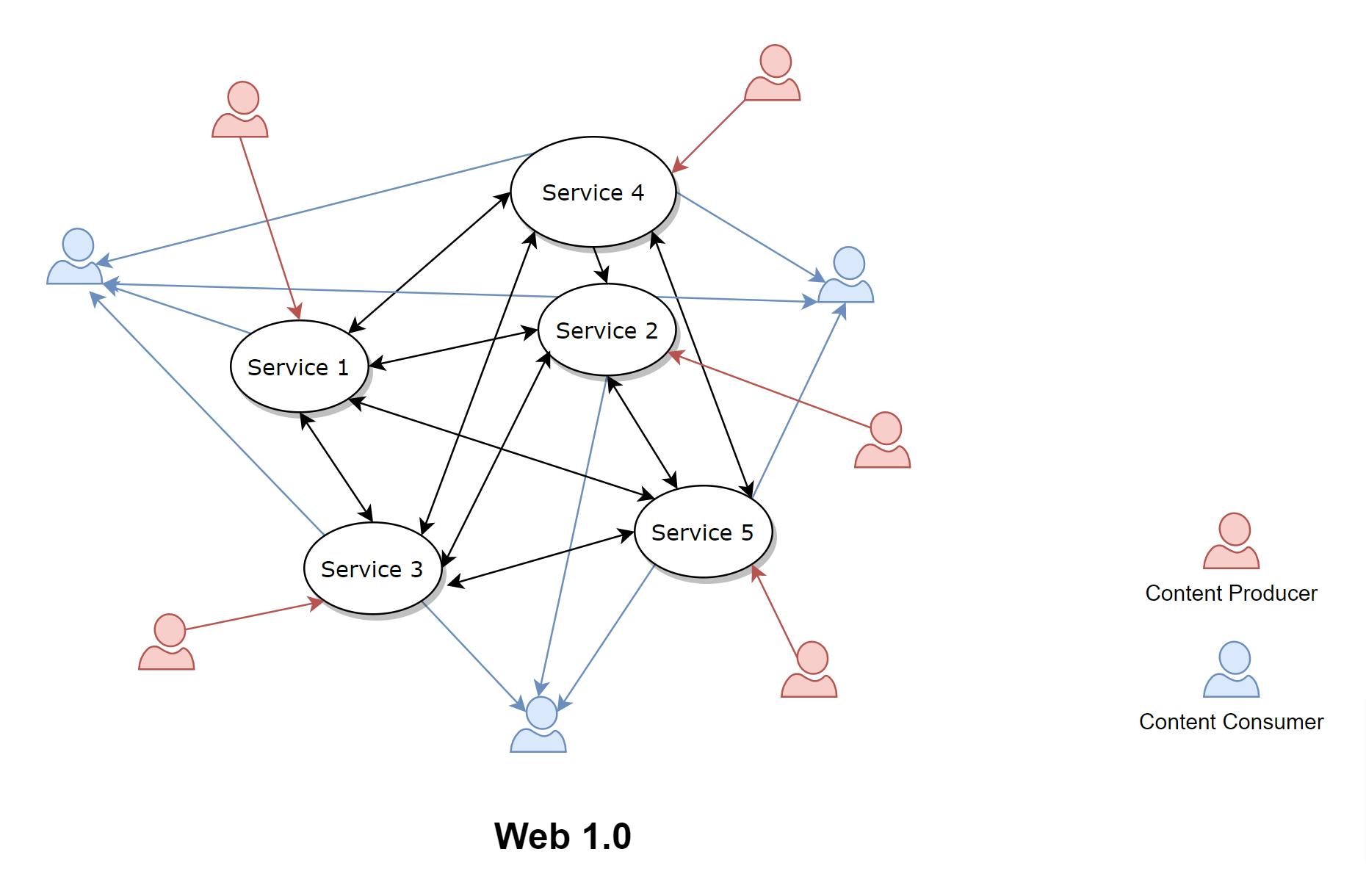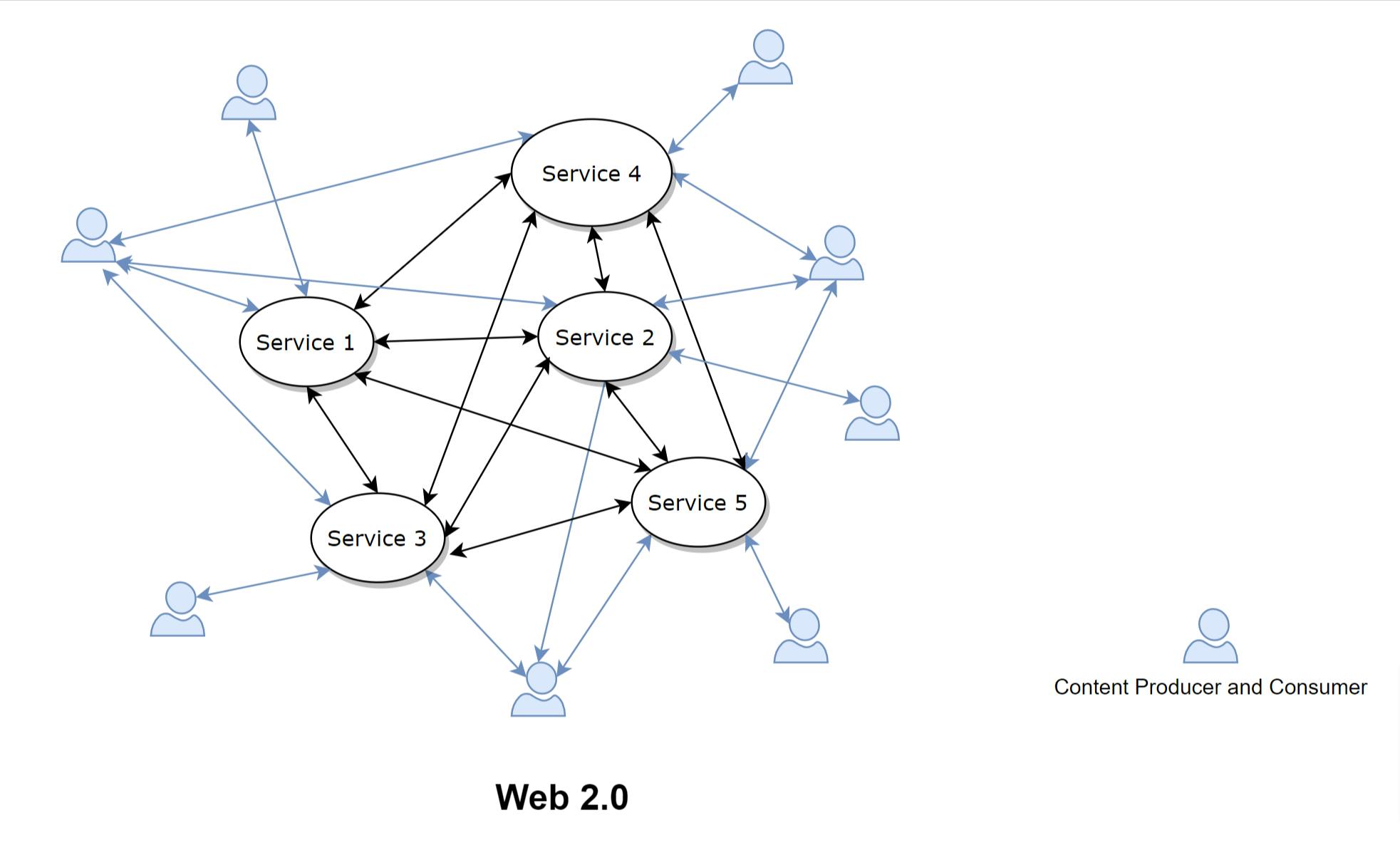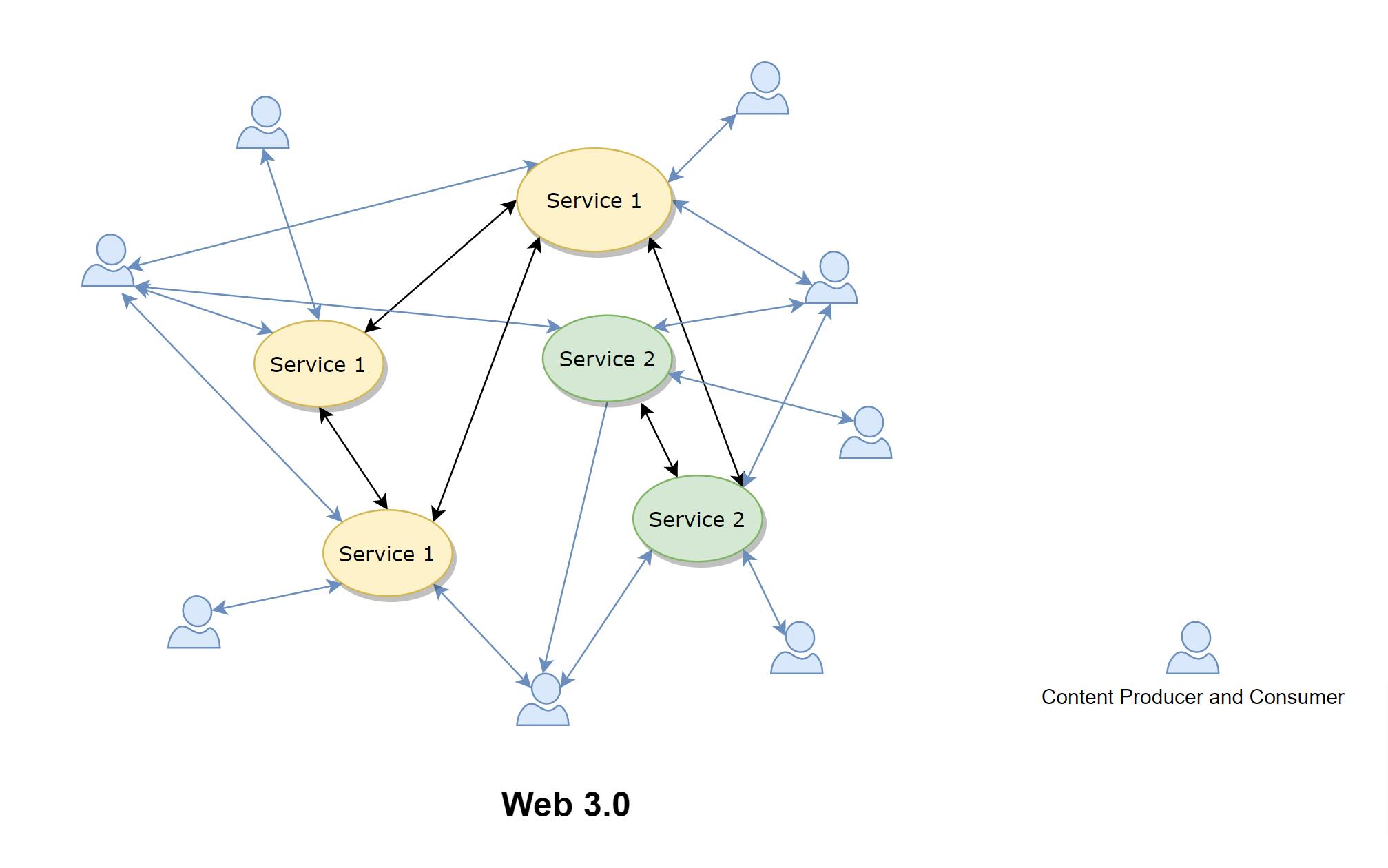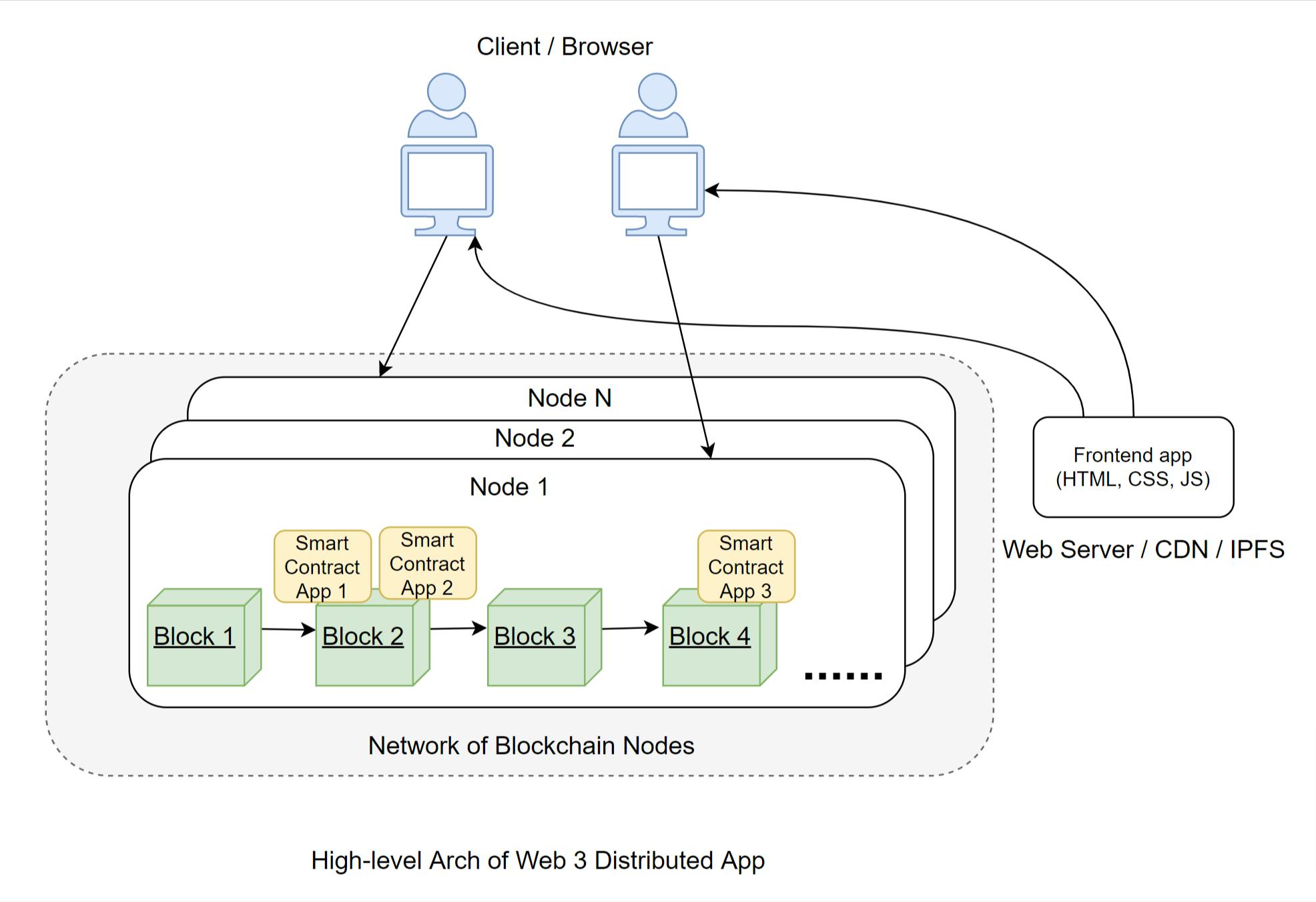What is Web3 and role of blockchain and crypto in it ?
Rise of new tech - web3, crypto & blockchain

Photo by Thought Catalog on Unsplash
If you are in tech space and stay up to date with evolving technologies, I am sure you must have heard the term Web 3.0 (also known as web3). For many (even in tech space), this term is new and unknown. Many are confused and does not understand it exactly, even if they heard it earlier. The objective of this post is to breakdown things and explain the bits and pieces to simplify the idea of Web 3.0.
Let us first understand how web evolved from 1.0 to 3.0. Just for information web 1.0, web 2.0 and web 3.0 are not defined terms, they are generally used to represents the three major phases of web penetration, use-case and technology evolution.
Web 1.0
Growth of internet started somewhere in early 1990s, where most of the content on internet was static pages (built once but served many times) - this phase of internet is generally known as Web 1.0. In this phase the nature of information on web was mainly static and was published by few central entities like newspapers, universities, corporates, government etc., with many consumers (general public) of that information.

Web 2.0
Around late 1990s, things started changing when early social networks like Orkut, MySpace and Facebook started cropping up. This changed the way people interacted with web. Internet suddenly became more dynamic in nature and filled with all kind of content. Content started getting generated and consumed from all ends (general public). More dynamic and interactive applications came up like chat, discussion forums, social media platforms, blogging platforms and later even video publishing platforms. All these applications allowed end user to be a publisher as well as a consumer of information. This phase of internet is known as Web 2.0, which is most prominently visible today. This was also the phase when many of the desktop apps were transitioned to web (browsers based) and mobile. Advent of smartphones fueled the growth of Web 2.0, as smartphones allowed users to always be online, generating and consuming content anytime and anywhere. Just to make clear we are still in Web 2.0 phase majorly.

If you broadly look at both of the above phases, you will realize that the workflow of content changed from Web 1.0 to Web 2.0 (how the information was generated and consumed), but the underlying model of internet did not change. In both phases, the information is centralized. Even though in Web 2.0 the information is published and consumed from end users, but still the information is concentrated within single entity (data centers of digital service providers, companies like Facebook, Wikipedia, YouTube etc.). This started raising concerns about centralization of data and digital services on internet, that was originally thought to be decentralized. The concern of centralization of data and digital services in hands of few entities / corporates, led to the next step of evolution in Web - which is now branded as Web 3.0.
Web 3.0
The idea of web 3.0 is to make internet truly decentralized (as a result secure too) and open / transparent in nature - the data and digital service should not be owned and controlled by a single entity or corporate, rather it should be developed, served and maintained by a collective effort of larger and globally distributed community in a open and transparent manner using open-source as the way of development.
This is possible only if the applications developed as part of Web 3.0 and the data they collect and store are decentralized in nature (no ones control, but transparent to all). That is where the blockchain technology comes in picture. Blockchain tech is integral part of Web 3.0 apps that enable them to be decentralized.

In simple words, blockchain relies on collective effort of participating node (computers) that come together in democratized ways to provide underlying application compute and data layer for Web 3.0. Each of these nodes (globally distributed and connected through internet) host the copy of application logic (executable on any of the nodes), which is known as SmartContract in web 3.0 terminology. All of these node also host the data and transactions between application users, known as decentralized leader in web 3.0 terminology. The static data (web assets like images, docs, frontend binaries etc.) of an application can also be decentralized outside blockchain, using technology like IPFS.
Snapshot of differences between all three phases:
| Features | Web 1.0 | Web 2.0 | Web 3.0 |
| Nature of web | Mostly read only | Transactional | Transactional |
| Nature of interaction | Few publishers, many readers | All can publish and read | All can publish and read |
| Nature of services | Centralized | Centralized | Decentrlized |
| Security | Need to be taken care | Need to be taken care | Inherited from distributed design |
| Data Privacy | Responsibility of service provider | Responsibility of service provider | Inherited from distributed design |
| Data monetization | Service provider benefits | Service provider benefits | End user benefits |
| Conflict resolution | Not applicable | Central entity / authority | Autonomous (SmartContracts) |
| Economy | Online ads | Online ads, paid digital services | Tokens (crypto), online ads, paid digital services |
| Integration of services | Not applicable | Driven by Web APIs | Driven by APIs and shake-hand blockchains like Polkadots |
| Transaction performance | Not applicable | Fast, as centralized | Not as fast, as decentralized |
Little bit about Web 3.0 architecture.
As with any regular web application, Web 3.0 application is also composed of three layer / tiers -- User Interface (UI), Backend Application (Middleware) and Data layer (Database). In web 2.0 app, all three layers are hosted, controlled and stored in data centers of centralized entities / corporates, but in web 3.0 app, the backend application logic (SmartContract) and data are actually stored on blockchain, making it decentralized and transparent as they live on all blockchain nodes (computers).

Another key difference in web2.0 app and web 3.0 app is that, in web 3.0 app, for doing any transaction between end consumers, a fee is charged either to one party or both, which is commonly known as gas fee. Gas fee is charged in crypto currency (token) of underlying blockchain. It is charged as a service fee by the block chain protocol to mine (generate) and record the transaction on blockchain. This amount normally goes to the participating node which successfully mined the block in which the transaction is recorded. It is very similar to the concept of cloud provider (for instance AWS) charging for each API call done on their infrastructure. The difference is, in case of AWS all charge goes to AWS (making single entity rich and powerful), but in case of blockchain, this service charge can go to any of the participating node's owner (the one which mined the block), this way the power of money too is distributed.
Summary
Web 3.0 is a new and fast evolving space. It seems to be a next step in progression of web to change the nature of web from centralized to decentralized and democratized web. If it evolves in right manner, it will eliminate the need to central intermediators like banks (from money transactions, loans etc.), controlled social media platforms (like Facebook, YouTube etc.) and more. It may also create and new digital economy based on crypto currencies.
Technically, web 3.0 is introducing a new way of how we deploy and run our web apps in truly decentralized manner. It also changes how we store and share our data over web, giving ultimate control to end user on its own data, which is a key missing part in web 2.0 approach.
Here is a short and sweet video summarizing the evolution of web from 1.0 to 3.0 that may interest you.
I hope you liked the post and learnt something new from it. If you liked it, please share it with other who may find it interesting. Feel free to reach me at my twitter handle @gaurav_dhiman or at my website.